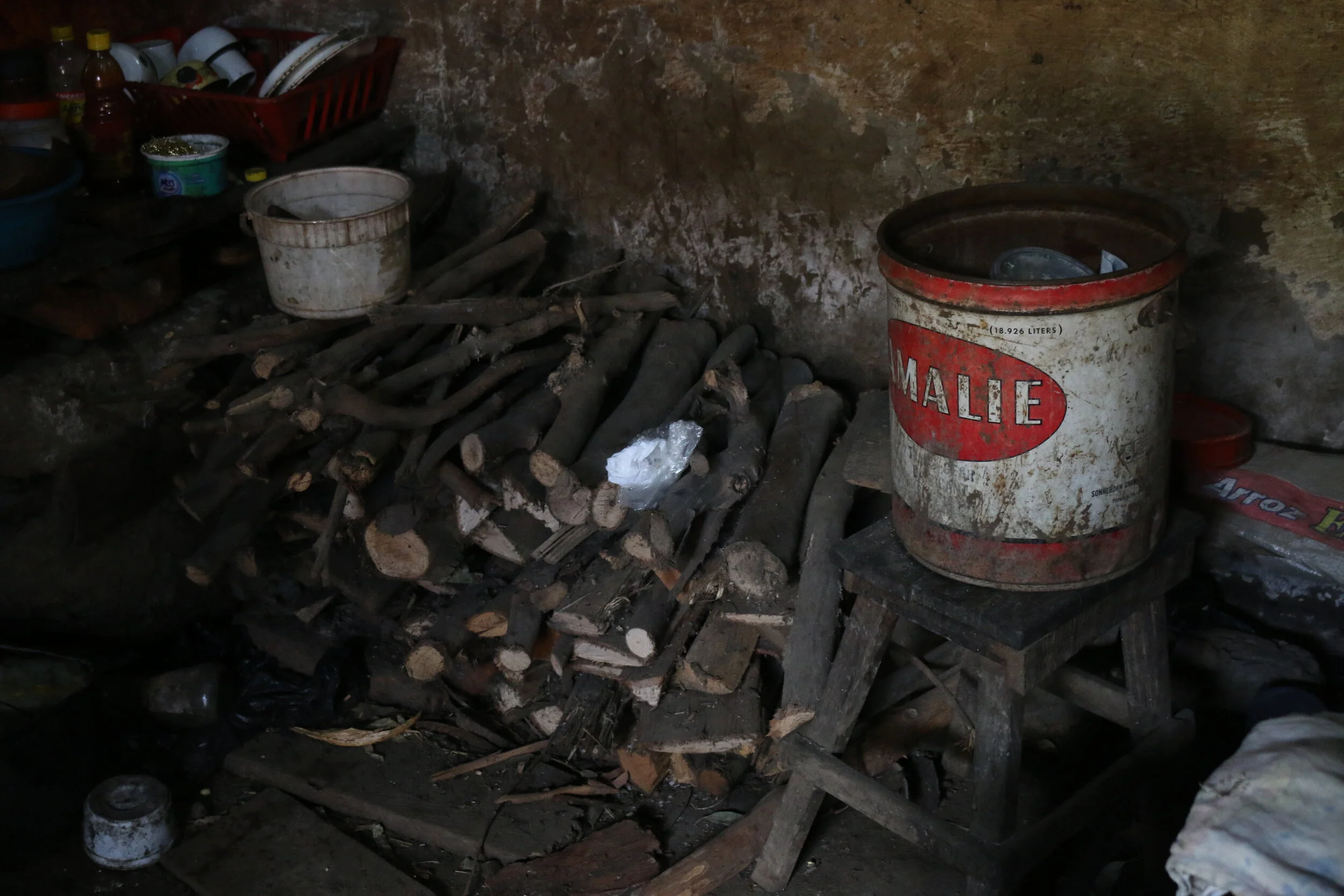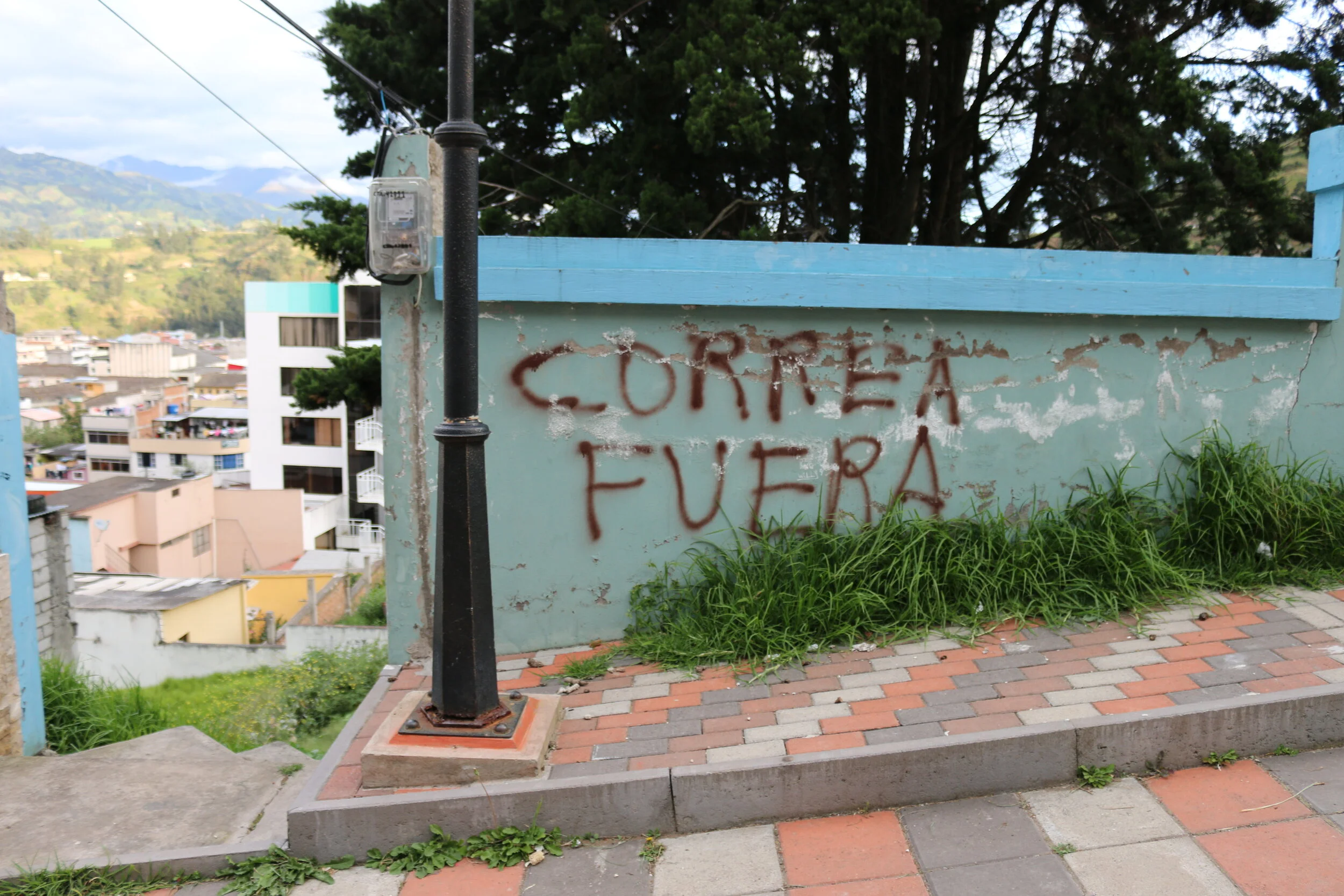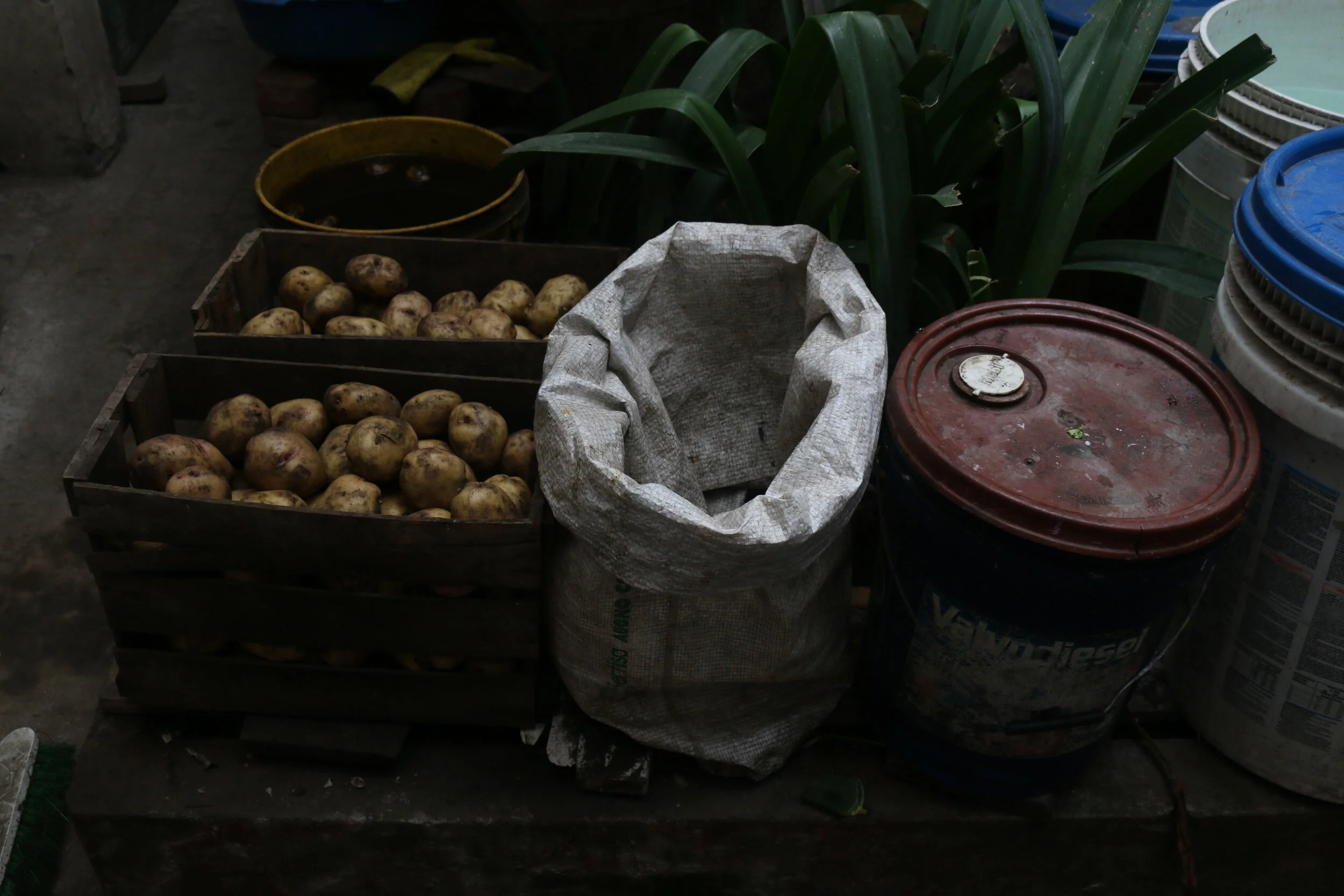“El gobierno” (the government) & subsidized corn
Audio transcript:
Doris: The government doesn’t help the farmers at all, since I remember. And, they’re still not doing anything until now. What happened is, at the time that people get all the products, the government starts bringing products from another city, or from another countries, and for the farmers, for the farmers is hard because they can’t sell the products or if they have to sell, they have to sell very cheap. So they don’t have the support of the government at all, at all. Now, well, they said, he start changing a little bit because they can secure the products if the weather gets really bad, like too much wind or too much water if they have to follow a lot of process, a lot of steps to get the help. And so most of the people, they-they don’t do it. But they don’t have the support that they should have.
Subsidized corn and its impact on local maize prices
All of the narrators share a similar process of selling their products: once harvested, they can directly sell it at local markets in the smaller towns they live in or in Guaranda. Most of the time however, they sell in bulk to middlemen who would distribute the product for a set price per sack throughout the country or exportation.
Food prices in Ecuador are low, but with limited importations of corn, maize was a lucrative crop for Ecuadorian farmers. Maize’s cultural significance and dependence of communities on it for most of Ecuador’s iconic traditional dishes kept demand high.
The Green Revolution in the mid 1950’s changed everything.
Now, farmers all over the world were producing food with the help if new technologies from tractors to genetically engineered seeds and fertilizers. Ecuador was part of this process, with Lucio even being the first in Guaranda to purchase a tractor. At the same time, the current U.S. corn subsidy program began taking shape, where the U.S. provided heavy government subsidies to corn farmers to support U.S. agrarian outputs.
As the U.S. began exporting corn at cheaper prices and with laws in place to protect American farmers, these U.S. policies began hurting agriculture for the world’s most marginalized countries. Countries like Ecuador did not provide any protection against the competitive American corn prices, and with little to no support given to Ecuadorian farmers, prices and farmers themselves suffered with increased importations.
All of the narrators expressed frustration in the lack of laws Ecuador provided to protect them from the impacts of imported subsidized corn. With population growth increasing demand and with higher costs of living in an increasingly growing region like Guaranda, agriculture isn’t lucrative for a sustainable lifestyle.
“CORREA FUERA” - A call to oust the former president of Ecuador ignited Ecuador’s streets in 2015 on charges of corruption, environmental degradation, and lack of support for indigenous communities who depended on agriculture.
“Without agriculture, there would be nothing. If people keep leaving the farm, there will be no one left to work and produce food. If they had more support/help from the government, they wouldn’t be leaving. We have to help Pachamama: el campo da todo/the land gives everything”



